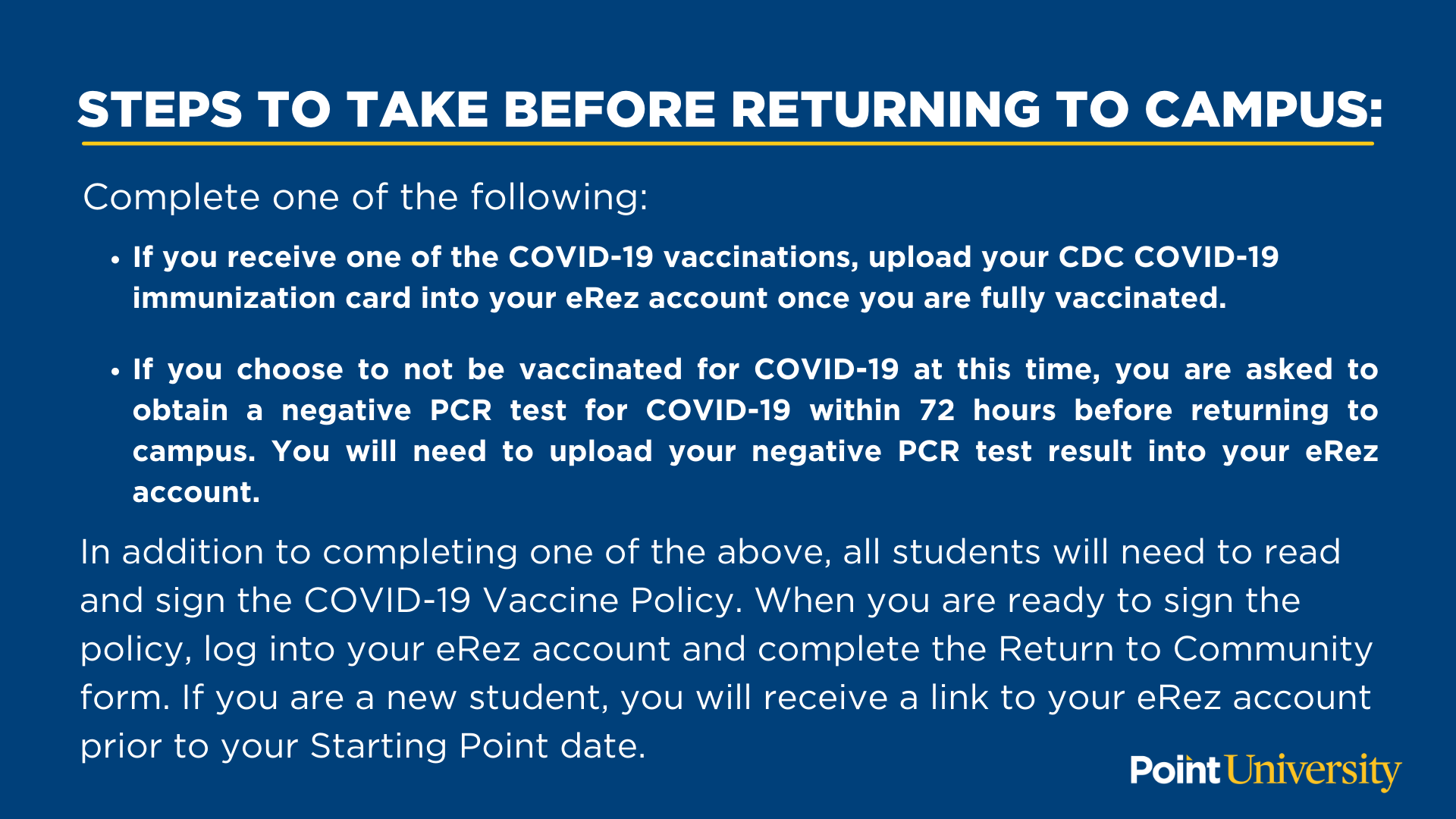

Using condensed air can also work, but remember not to stick the spray nozzle directly into the port because the built-up condensed material can be damaging. If you see anything blocking the area, clean it out with a small brush. Look closely inside the ports, preferably with a flashlight. Turn on your device normally afterward and try the USB port again.ĭust and debris might have built up in the port and became embedded, preventing a proper connection between the computer and the plug. This way, you’ll discharge the capacitors and empty the system from any electricity. You’ll have to turn the system off and hold the power button for about 30 seconds. Your next solution would be to hard reset the computer. Plug the USB device you’re trying to use into the faulty USB port and restart your PC normally. Whenever someone experiences a problem like this, the first thing they hear is, “Restart your computer.”Īlthough this method might seem old and unnecessary, it works for so many cases, so it is Let’s start troubleshooting the causes and find a solution that works for you. Hardware defects include a dirty or damaged USB port, loose internal connections, a faulty power supply or battery of a laptop, and so on. Software issues include outdated OS, BIOS, or drivers, USB Host Controller problems, wrong power management settings, troublesome hidden USB devices, incorrect registry settings, fast startup features, and so on. Issues that can cause USB ports not to work can be categorized into two groups: hardware defects or software issues. If you’re wondering why that’s happening suddenly and how to troubleshoot the issue, read on. You’ll notice that the system can’t detect the device you’re connecting to the ports, or Windows might give you an error message concerning the device. The connection is usually a hassle-free process, but the USB ports can sometimes start acting up and stop working correctly. USB ports have made transferring files and connecting all kinds of devices to our computers pretty efficient.


 0 kommentar(er)
0 kommentar(er)
